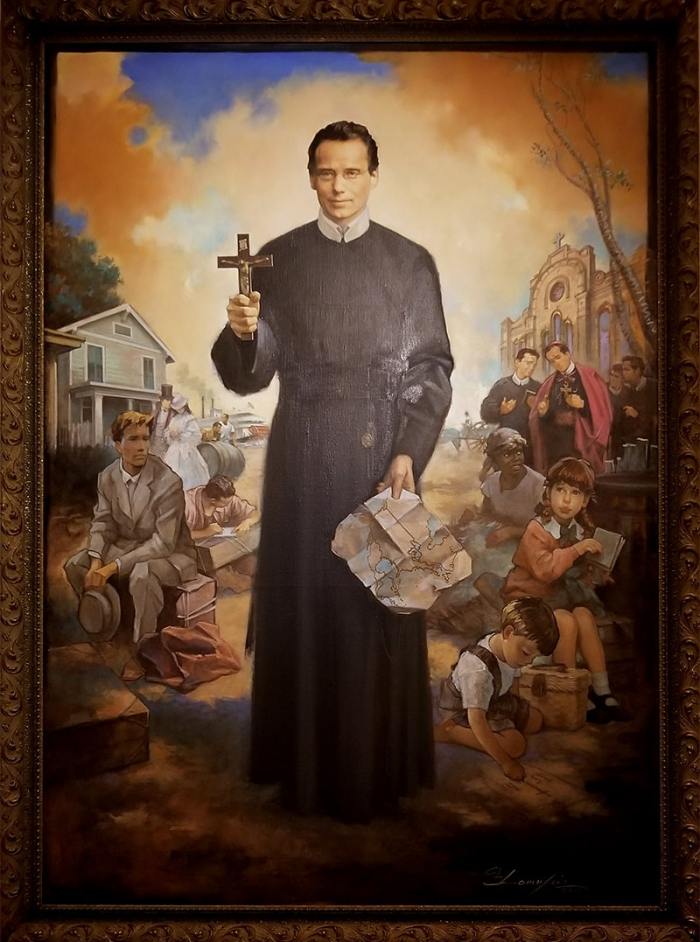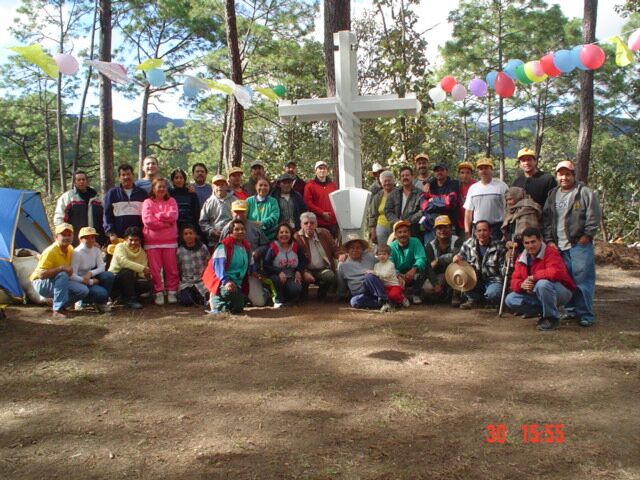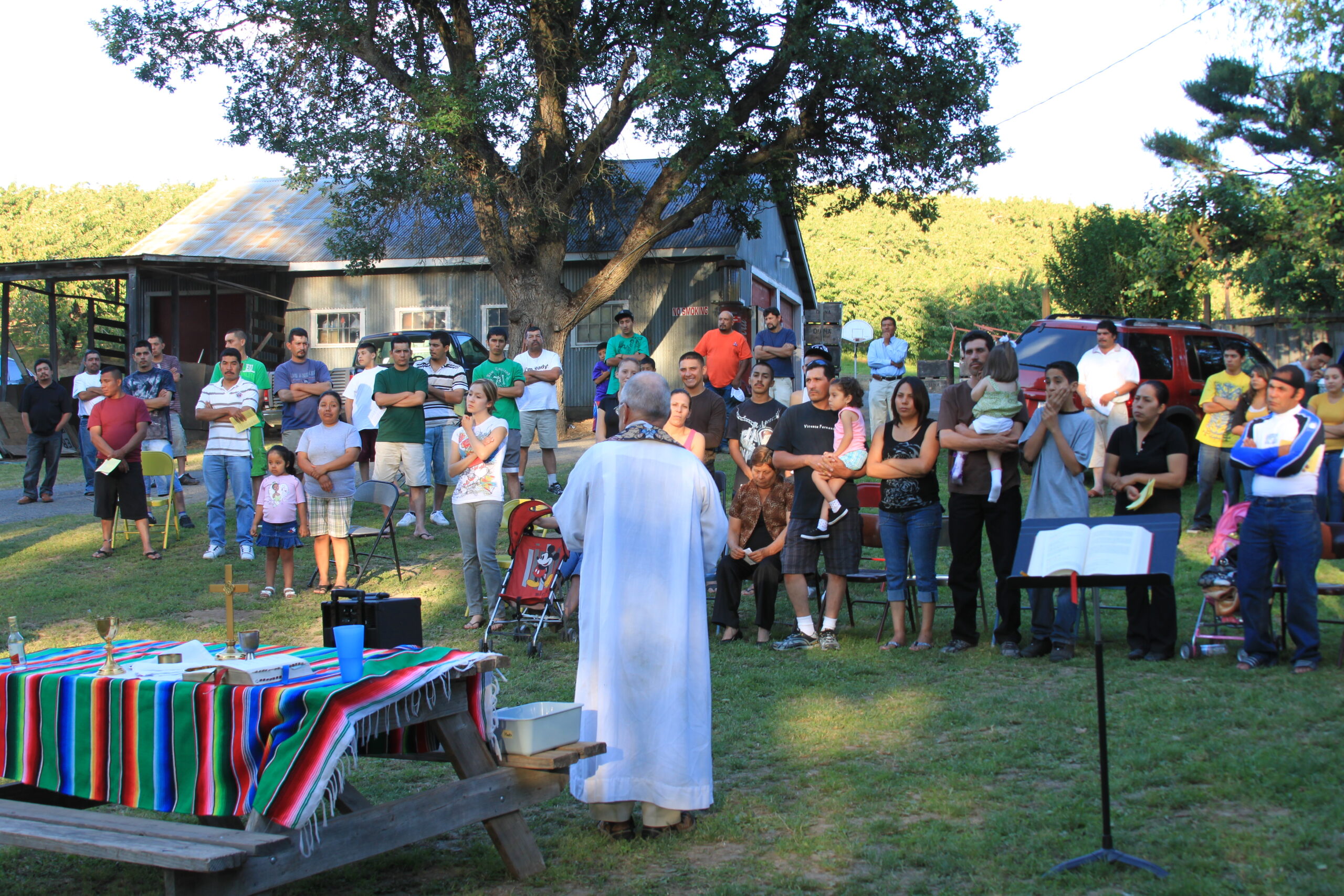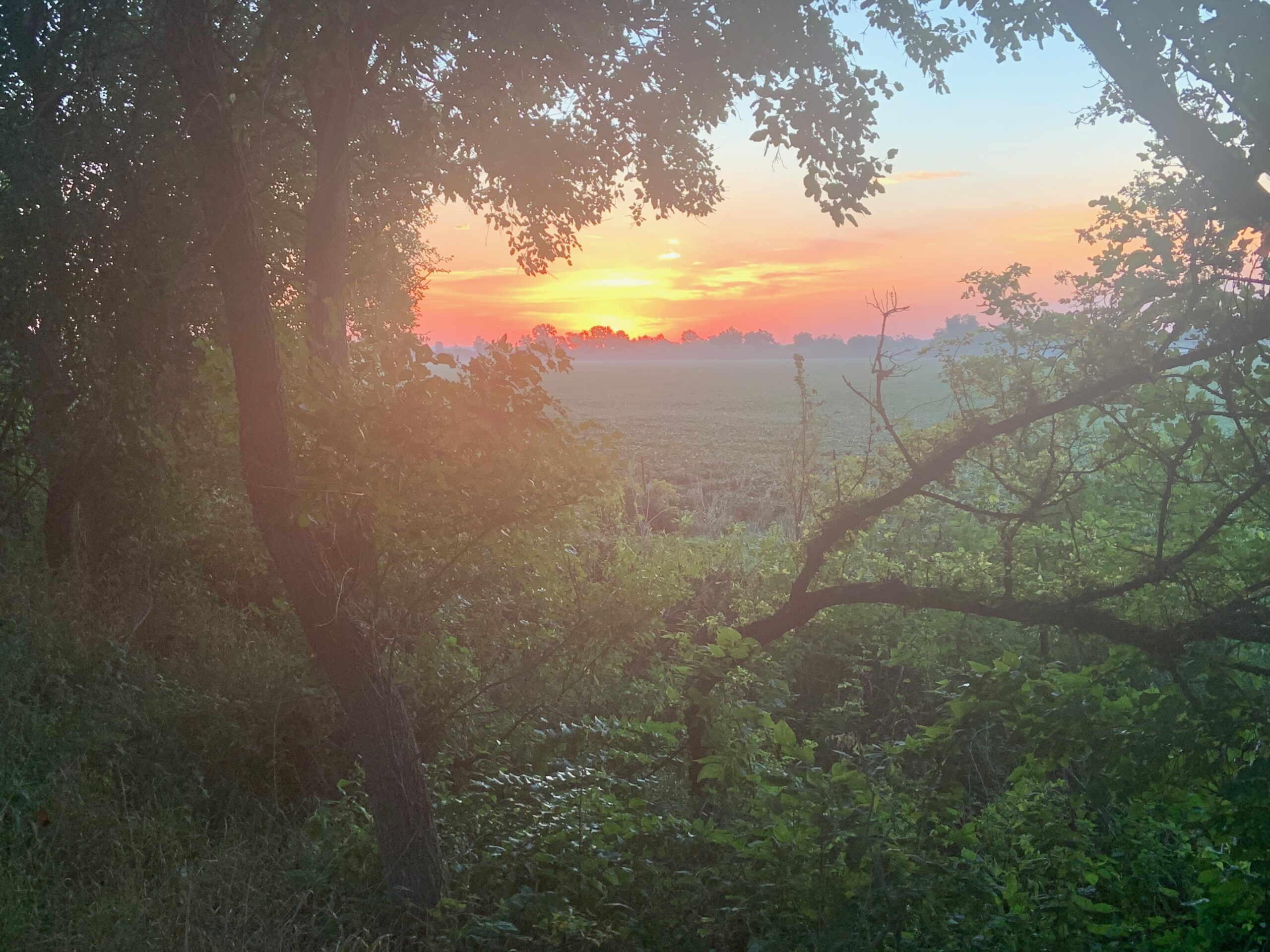Migration to the United States in the nineteenth and twentieth centuries / Migración a los Estados Unidos en los siglos XIX y XX
Migración a los Estados Unidos en los siglos XIX y XX
Muchos de nosotros hemos aprendido a vivir lejos de casa. Fuimos a la escuela, encontramos trabajo en otra ciudad o estado. Muchos sirvieron en el ejército o han trabajado fuera de nuestra nación. Pero, lo que pregunto es “¿podemos imaginar emigrar porque nos dimos cuenta de que no podíamos sobrevivir en nuestra propia nación o comunidad?” Dos de mis abuelos emigraron de Irlanda para venir a los Estados Unidos. Sabían que una vez que abordaran el barco, probablemente nunca regresarían. Se despiden de sus familiares y se dan cuenta de que era posible que nunca los vuelvan a ver. Mi abuela nunca mostró tristeza al recordar su hogar, pero mi abuelo siempre tenía una lágrima en los ojos cuando hablábamos de Irlanda.
Los inmigrantes llegaron a los Estados Unidos de todas partes de Europa en los siglos XIX y XX. Su vida en los Estados Unidos no fue fácil al principio. Trabajaron en molinos, ferrocarriles, construcción, empacadoras de carne, agricultura e industrias de servicios. Muchos tuvieron que aprender un idioma extranjero y muchos lucharon con ese idioma. Trajeron con ellos su fe y, a menudo, a sus sacerdotes y monjas para enseñar a sus hijos los caminos de la fe. Ellos y sus hijos sirvieron en el ejército para su nuevo país. Muchos lucharon y murieron por este país desde la época de la guerra revolucionaria hasta la Primera y Segunda Guerra Mundial.
Aquellos de nosotros que somos estadounidenses de segunda, tercera y cuarta generación nos beneficiamos de sus dificultades y sacrificios. Nuestros antepasados tuvieron muchos desafíos como inmigrantes, pero ingresaron a los Estados Unidos en un momento en que el país recibía a los inmigrantes con más gracia y dignidad que en esta época. No hubo filas de espera para visas, autorizaciones de trabajo y recibieron las protecciones legales de todos los ciudadanos.
Nos enorgullecíamos de ser una nación de inmigrantes.
Hubo luchas por nuevos inmigrantes en el siglo XIX, y hubo movimientos antiinmigrantes y líderes militares que fueron despiadados con sus tropas de inmigrantes. Sin embargo, a fines del siglo XIX, Estados Unidos era visto en todo el mundo como el Gran Experimento de la migración. El gobierno de Francia honró el trato de Estados Unidos a los inmigrantes con la Estatua de la Libertad en 1886. La Estatua proclama con orgullo:
“¡Dadme a vuestros rendidos, a vuestros pobres,
Vuestras masas hacinadas anhelando respirar en libertad,
El desamparado desecho de vuestras rebosantes playas.
Enviadme a estos, los desamparados, sacudidos por las tempestades a mí,
¡Yo elevo mi faro detrás de la puerta dorada”!
Agradecido por la herencia migrante
Espero que todos los descendientes de inmigrantes estén agradecidos por las oportunidades brindadas a nuestros padres, abuelos y quienes llegaron antes que ellos. Mientras consideramos la migración y la inmigración hoy, seamos conscientes de que hoy es más difícil ingresar a nuestra nación que nunca. Por favor, reconozca que la situación actual no comenzó recientemente. Ha habido un retroceso gradual en la sociedad estadounidense en cuanto a la recepción de inmigrantes desde que apareció la Estatua de la Libertad en el puerto de Nueva York. Podemos hacerlo mejor, porque lo hemos hecho mejor en el pasado.
(Si tienes observaciones o preguntas para Padre Migrante, envían las a padremigrante@gmail.com)
Migration to the United States in the nineteenth and twentieth centuries
Many of us have learned to live away from home. We went to school, found work in another city or state. Many served in the military or have worked outside or our nation. But, what I ask, is “can we imagine emigrating because we found that we could not survive in our own nation or community?” Two of my grandparents emigrated from Ireland, to come to the United States. They knew that once they boarded the ship, that they would probably never return. They bid farewell to relatives, realizing that they may never see them again. Grandma never showed sadness in remembering her home, but Grandpa always had a tear in his eyes when we would talk about Ireland.
Immigrants came to the United States from all parts of Europe in the nineteenth and twentieth centuries. Their life in the United States was not easy at the beginning. They worked in mills, railroads, construction, meatpacking, agriculture and service industries. Many had to learn a foreign language, and many struggled with that language. They brought with them their faith and often their priests and nuns to teach their children ways of faith. They and their children served in the military for their new country. Many fought and died for this country from the time of the revolutionary war to World Wars I and II.
Those of us who are second, third and fourth generation Americans benefitted from their hardships and sacrifices. Our ancestors had many challenges as immigrants, but they entered the United States at a time when the country received immigrants with more grace and dignity than in this age. There were no waiting lines for visas, work authorizations and they received the legal protections of all citizens.
We took pride in being a nation of immigrants
There were struggles for new immigrants in the nineteenth century, and there were anti-immigrant movements, and military leaders who were ruthless with their immigrant troops. Yet, by the end of the 1800’s, the United States was seen around the world as the Grand Experiment in migration. The government of France honored America’s treatment of immigrants with the Statue of Liberty in 1886. The Statue proudly proclaims:
“Give me your tired, your poor,
Your huddled masses yearning to breathe free,
The wretched refuse of your teeming shore.
Send these, the homeless, tempest-tost to me,
I lift my lamp beside the golden door!”
Grateful for migrant heritage
I hope that all descendants of immigrants are grateful for the opportunities given to our parents, grandparents and those who arrived before them. As we consider migration and immigration today, let us be aware that today it is more difficult than ever before to enter our nation as an immigrant. Please recognize that today’s situation did not begin overnight or even begin recently. There has been a gradual retreat in American society as to receiving immigrants since the Statue of Liberty appeared in New York harbor. We can do better, because we have done better in the past.
Oh Jesús, tú nos llamas: “Síganme”. Bendice, Señor, a todos los que acogen tu llamado. Puede que el camino no sea fácil, pero tenemos la confianza de que todo es posible si caminamos contigo. Que este viaje nos abra los ojos a las maravillas de tu amor por nosotros. Oramos por toda tu gente, por todos los creyentes e incrédulos, por los líderes y seguidores. Oramos por la sanación, el perdón, la compasión, la justicia y la paz. Oramos para que, al seguirte, nosotros también podamos ser pescadores de hombres. Bendícenos en nuestro viaje.
O Jesus, you call us, “Come after me.” Bless, O Lord, all who welcome your call. The path may not be easy, but we have confidence that all things are possible if we walk with you. May this journey, open our eyes to the wonders of your love for us. We pray for all your people, for all believers and unbelievers, for leaders and followers. We pray for healing, for forgiveness, for compassion, for justice, for peace. We pray that as we follow you, we too can be fishers of men. Bless us on our journey.




